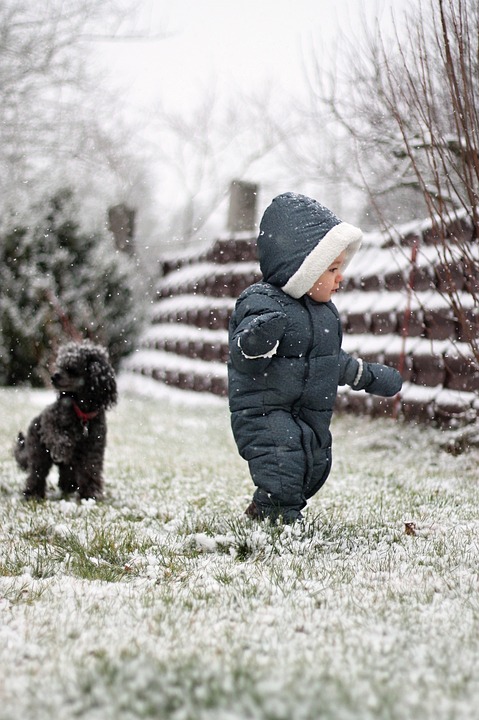Introducing a new dog to a resident cat can be a delicate process that requires patience, understanding, and careful planning. Dogs and cats have different social structures and communication styles, which can sometimes lead to initial conflicts or misunderstandings. However, with the right approach and gradual introduction, you can help foster a harmonious relationship between your furry companions.
Before bringing a new dog into your home, it’s essential to consider the personalities, temperaments, and needs of both your cat and the potential new dog. Taking a few preliminary steps can help set the stage for a smooth introduction.
Firstly, it’s important to assess your cat’s personality. Understanding your cat’s behavior, tolerance for change, and previous experiences with dogs can help you gauge their readiness for a new canine companion. Cats who have had positive interactions with dogs in the past may adjust more easily.
Secondly, choosing the right dog is crucial. When selecting a dog, consider their breed, age, energy level, and history with cats. Some breeds, such as hunting or herding dogs, may have a stronger prey drive, making peaceful coexistence more challenging. Opting for a dog with a known cat-friendly disposition can increase the chances of a successful introduction.
Creating safe spaces for your cat is also important. Ensure your cat has designated safe spaces, such as high perches or separate rooms, where they can retreat, relax, and feel secure. These spaces will become essential during the initial stages of introduction.
Before the face-to-face introduction, a pre-introduction scent exchange can be beneficial. Allow your cat and the new dog to get familiar with each other’s scents by swapping bedding or using a cloth to gently rub the animals’ facial and body areas, then place it in the other pet’s space. This exchange helps them become accustomed to each other’s presence.
Once you have prepared for the introduction, a gradual introduction process is key to minimizing stress and anxiety for both your cat and new dog. This process involves several stages that allow for controlled interactions and positive associations. Every pet is unique, and the timeline for each step may vary. Be flexible and proceed at a pace that is comfortable for both animals.
The initial separation stage involves keeping the new dog and your cat in separate areas of the house for the first few days. This allows them to hear and smell each other without direct contact, reducing the initial stress of a face-to-face meeting.
Controlled visual contact can be achieved by using a sturdy baby gate or a screen door to create a physical barrier while allowing the animals to see each other. Reward both pets with treats or praise for calm behavior during these controlled encounters.
Supervised interactions can begin when both the dog and cat appear relaxed. Start with them in the same room, keeping the dog on a leash and ensuring the cat has an easy escape route. Reward positive behavior and provide distractions to redirect any potential negative interactions.
As trust builds between your pets, gradually increase the duration and proximity of their interactions. Allow them to sniff each other while remaining vigilant for signs of stress or aggression. Provide separate feeding areas and individual attention to avoid potential resource guarding issues.
It’s important to address some frequently asked questions about introducing dogs and cats:
1. How long does it take for a dog and cat to get along?
Establishing a positive relationship varies from days to several weeks, depending on the individual animals. Patience, consistency, and careful supervision are key.
2. What signs indicate that the introduction is going well?
Signs of progress include relaxed body language, reduced fear or aggression, increased curiosity, and gradual acceptance of shared spaces.
3. What should I do if my cat and new dog aren’t getting along?
If conflicts persist or escalate, consult a professional animal behaviorist or trainer for expert guidance. They can assess the situation and provide tailored strategies to improve the relationship.
4. Can I use treats to facilitate positive associations between my pets?
Yes, using treats to reward calm behavior and positive interactions can help create positive associations between your dog and cat. Ensure treats are given separately to avoid potential resource guarding.
Remember, each dog and cat will adapt to one another at their own pace. By following a gradual introduction process, providing a safe environment, and seeking professional guidance when needed, you can increase the likelihood of a successful and harmonious coexistence between your furry friends.









